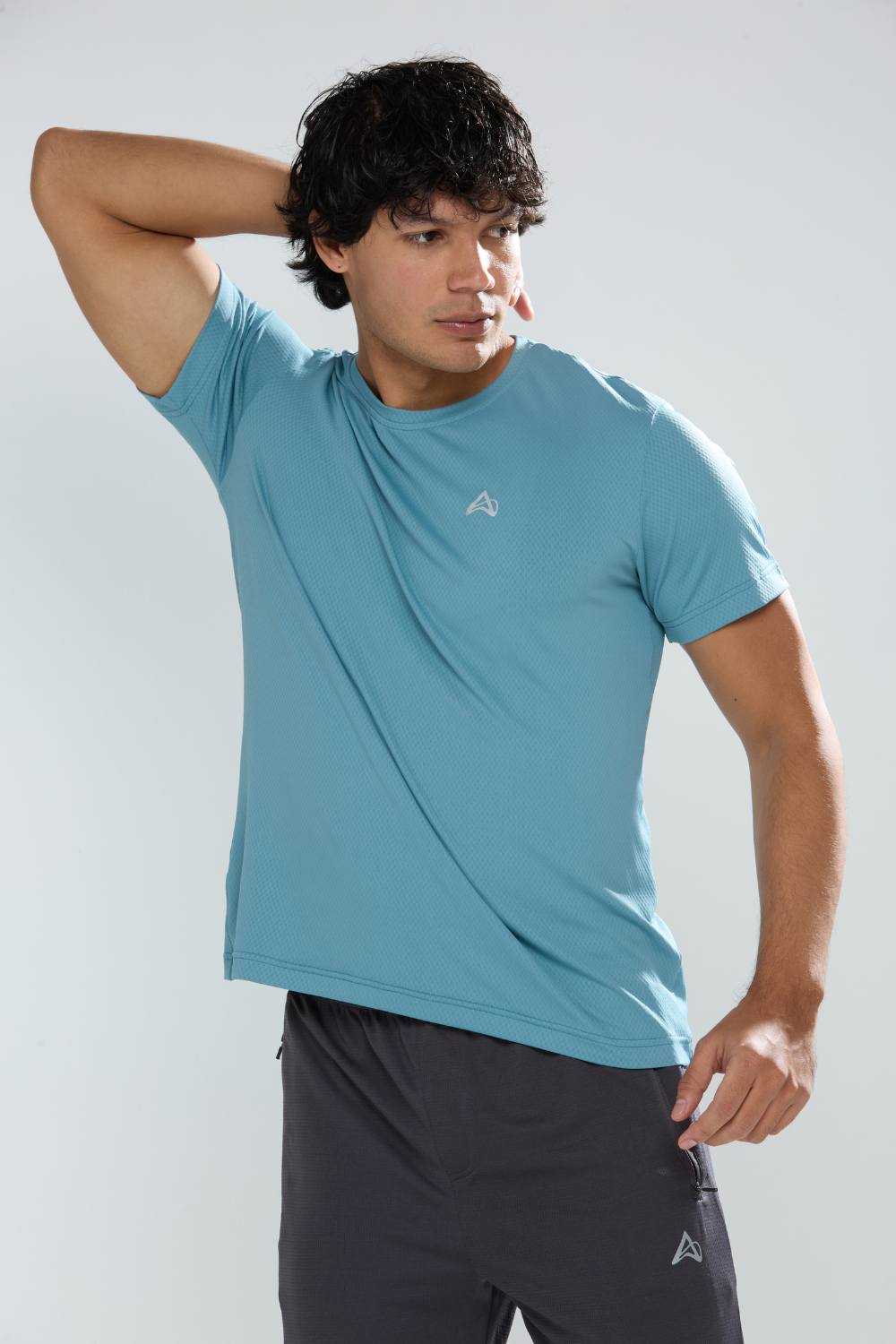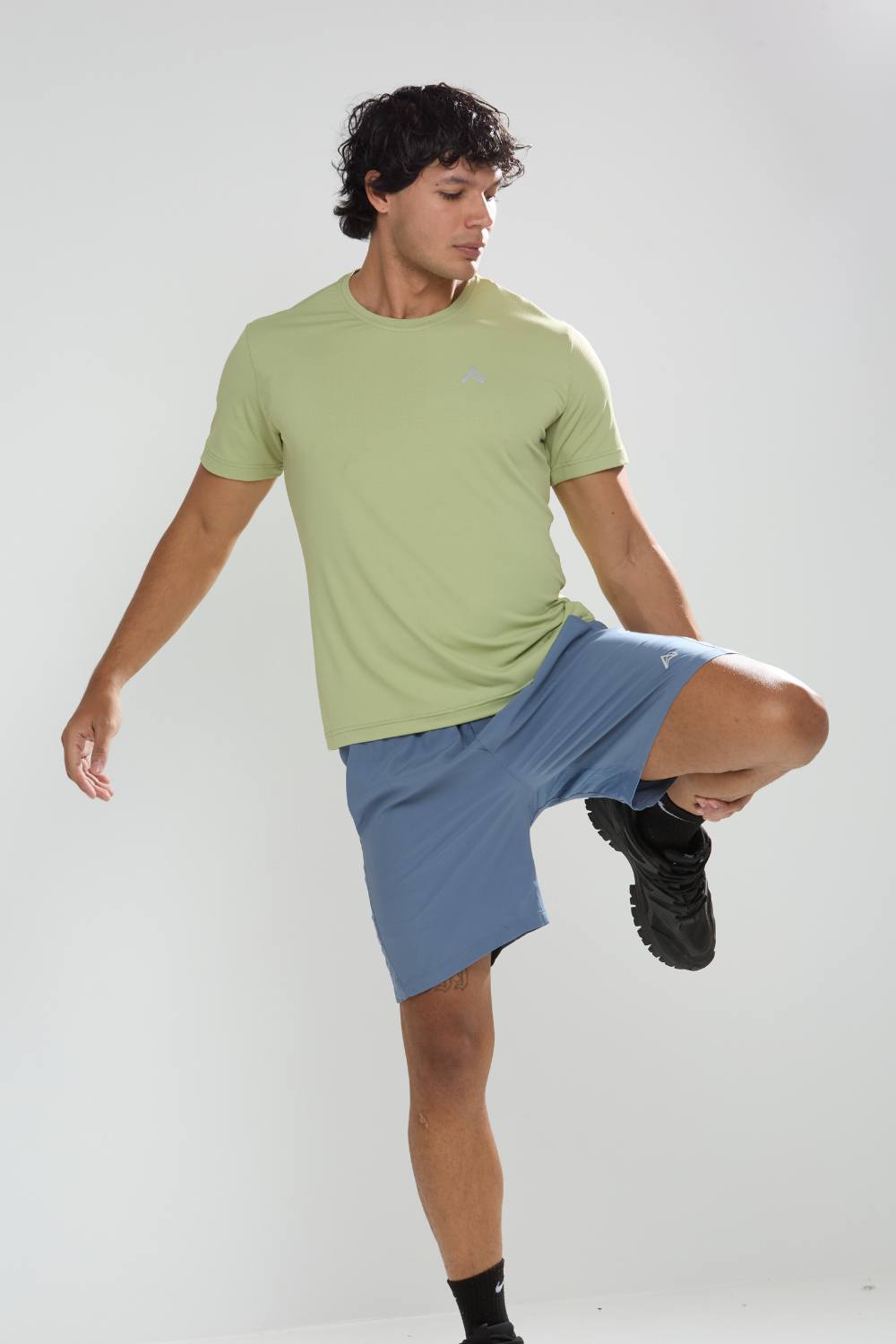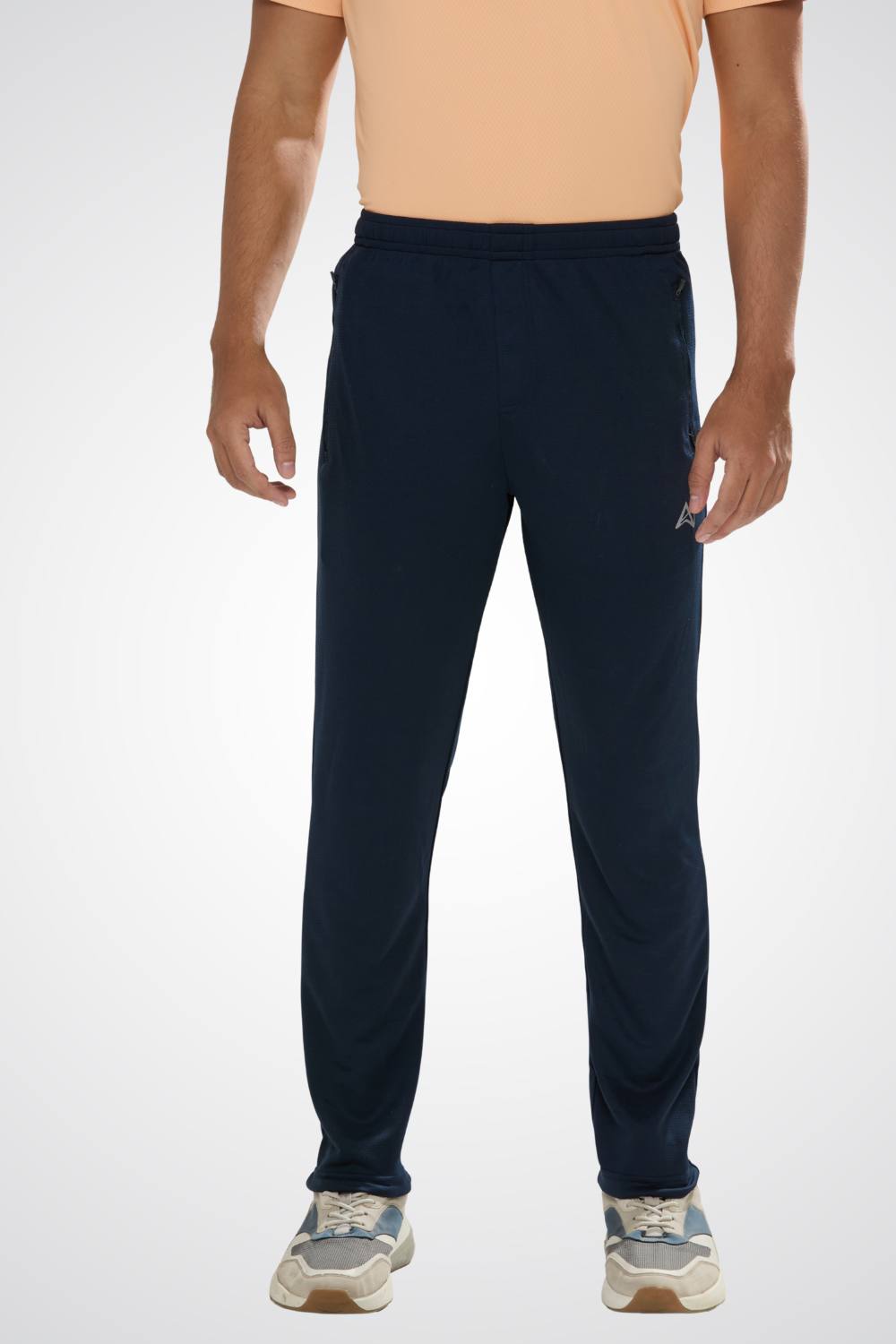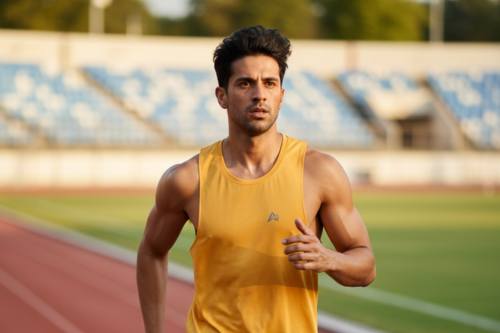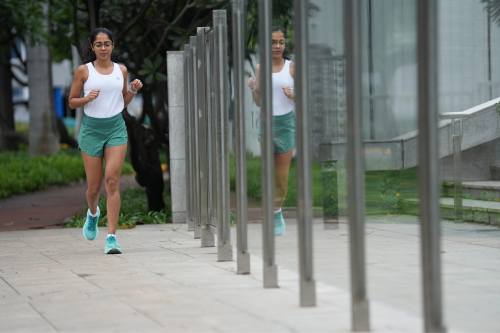The fitness world is undergoing a quiet revolution, one forged not in sprawling corporate labs but in the workshops and garages of local innovators. Across the United States, from bustling cities to small towns, entrepreneurs are redefining training essentials, prioritizing function over flash. These aren't the oversized machines of yesteryear's gyms; they're smart, adaptable tools designed to fit into real lives whether in a cramped apartment or a busy schedule. This shift toward functional fitness equipment is more than a trend; it's a response to a world demanding resilience, health, and practicality.
Tired of gear that slows you down? Chafing, soggy fabrics, and missing pockets kill your run's momentum. At Aguante, we're runners who get it. Our high-performance activewear features moisture-wicking fabrics, ergonomic designs, and smart storage to keep you focused. Shop Now!
The Rise of Functional Fitness
The market for functional fitness equipment is booming, reflecting a profound change in how people approach exercise. A recent industry report valued the sector at $6.3 billion in 2021, with projections estimating a staggering $273.3 billion by 2031, driven by a remarkable 47.7% compound annual growth rate (CAGR) from 2022 to 2031. The catalyst? The global pandemic, which reshaped fitness habits overnight. With gyms shuttered and social distancing in force, people turned to home workouts, snapping up tools like resistance bands, weights, and ellipticals to build personal gyms. This wasn't just about staying active it was about boosting immunity through exercise and healthy living, a priority that's only grown stronger.
Local innovators have risen to the challenge, crafting equipment that blends utility with ingenuity. In places like Minneapolis and San Diego, small-scale designers are producing tools that prioritize versatility: kettlebells with contoured handles for better grip, resistance bands that double as rehab aids, and compact racks tailored for small spaces. A Seattle startup, for example, engineered a foldable rowing machine that mimics the feel of open-water training, ideal for urbanites with no access to lakes. In Atlanta, a team developed a dynamic medicine ball that adjusts weight mid-workout, offering a seamless transition between strength and cardio. These innovations reflect a deep understanding of modern needs equipment that works as hard as its users.
A New Era for Home Workouts
The pandemic didn't just disrupt gyms; it rewrote the fitness playbook. As virtual classes surged, gym owners pivoted to online platforms, leading workouts via video calls that required minimal gear. This sparked a home gym revolution, with people investing in equipment to recreate studio-quality sessions. The industry report highlights a key driver: growing concerns about obesity and cardiovascular disease, which have fueled demand for practical, effective fitness solutions. Functional equipment, designed for efficiency and adaptability, fits the bill perfectly.
Across the country, local creators are leading this charge. In Boston, a group of trainers and engineers collaborated on a wall-mounted pull-up bar that doubles as a shelf, saving space in tiny apartments. In Boulder, a former athlete launched a line of eco-friendly resistance bands made from recycled ocean plastics, marrying sustainability with performance. These products aren't just tools they're solutions, born from a keen awareness of what people need in an era of limited space and time. A Los Angeles designer, for instance, noticed clients struggling with heavy, unwieldy weights. Her response? A modular kettlebell system that shifts from 10 to 60 pounds with a quick twist, now a favorite in boutique gyms citywide.
This wave of innovation is deeply rooted in community. Unlike mass-produced equipment from global brands, these local designs often start with real-world problems: a trainer's frustration, a client's limitation, or a city's unique constraints. The result is equipment that feels personal, intuitive, and built for the long haul.
The Power of Functional Design
Functional fitness is more than a catchy phrase it's a philosophy that prioritizes movement over muscle isolation. Unlike traditional weightlifting, which often focuses on single muscle groups, functional training emphasizes real-world motions: squatting to lift a box, pulling to open a heavy door, or twisting to reach a high shelf. The equipment mirrors this approach, designed to improve mobility, stability, and strength in ways that enhance daily life. A single kettlebell swing, for instance, engages the core, hips, and back, training the body to move as a unified system.
The urgency of this approach is clear. With obesity and heart disease on the rise, as noted in the industry report, people are exercising not just for aesthetics but for survival. Functional equipment meets this need with unmatched versatility. A set of resistance bands can work every muscle group in minutes, while a stability ball doubles as a desk chair and a core trainer. Local innovators are pushing this further, designing tools that are as clever as they are effective. In Miami, a startup created a portable suspension trainer that clips to any door frame, turning a bedroom into a gym. Its founder, a physical therapist, designed it to aid injury recovery while building strength, making it a hit with everyone from weekend warriors to seniors.
These tools aren't just practical they're empowering. They allow people to train on their terms, whether in a park, a living room, or a hotel room. And they're built to last, with durability and adaptability at their core. A Chicago-based company, for example, developed a collapsible squat rack that slides into a closet, offering gym-level strength training without the space commitment. It's this kind of innovation smart, human-centered, and grounded in real needs that defines the future of fitness.
A Movement Built to Last
The functional fitness surge is no passing fad; it's a paradigm shift, driven by necessity and fueled by creativity. From the rubble of pandemic-era gym closures, local innovators have crafted a new fitness ecosystem one where equipment is as dynamic as the people using it. The numbers are striking: a market poised to grow from $6.3 billion to $273.3 billion in a decade, propelled by a collective focus on health and resilience. Yet the real story lies beyond the data. It's in the trainers sketching designs on napkins, the engineers tweaking prototypes in garages, and the everyday people discovering strength they didn't know they had.
As we look ahead, these local innovations offer a powerful reminder: fitness isn't about the space you have or the gear you own. It's about tools that adapt to your life, helping you move better, live longer, and thrive in a world that demands flexibility. From a foldable rack in Chicago to a recycled band in Boulder, these creations are redefining what it means to be strong one functional, thoughtful design at a time.
Frequently Asked Questions
What is functional fitness equipment and why is it becoming so popular?
Functional fitness equipment focuses on tools that support real-world movements rather than isolating single muscle groups think kettlebells, resistance bands, and suspension trainers that improve mobility, stability, and strength for everyday activities. The market has exploded from $6.3 billion in 2021 to a projected $273.3 billion by 2031, driven by pandemic-era home workout needs and growing concerns about obesity and cardiovascular health. These versatile tools allow people to train effectively in small spaces, whether at home, in parks, or while traveling.
How are local innovators changing the fitness equipment industry?
Local entrepreneurs across the U.S. are creating smart, adaptable fitness solutions tailored to real-world problems from foldable rowing machines in Seattle to modular kettlebell systems in Los Angeles that adjust from 10 to 60 pounds. These community-driven innovations often start with a trainer's frustration or a client's specific limitation, resulting in equipment that's more intuitive and personal than mass-produced alternatives. Examples include wall-mounted pull-up bars that double as shelves in Boston and eco-friendly resistance bands made from recycled ocean plastics in Boulder.
What makes functional fitness equipment better for home workouts than traditional gym machines?
Functional fitness equipment prioritizes versatility, space efficiency, and practical movement patterns over bulky single-purpose machines. Tools like resistance bands, stability balls, and compact suspension trainers can work multiple muscle groups in minutes while fitting into cramped apartments or easily storing away. This approach trains the body as a unified system mimicking movements like squatting, pulling, and twisting which improves daily life performance while being ideal for people with limited space, time, or access to traditional gyms.
Disclaimer: The above helpful resources content contains personal opinions and experiences. The information provided is for general knowledge and does not constitute professional advice.
You may also be interested in: What Makes a Running Singlet Ideal for Indian Weather
Tired of gear that slows you down? Chafing, soggy fabrics, and missing pockets kill your run's momentum. At Aguante, we're runners who get it. Our high-performance activewear features moisture-wicking fabrics, ergonomic designs, and smart storage to keep you focused. Shop Now!
Powered by flareAI.co





